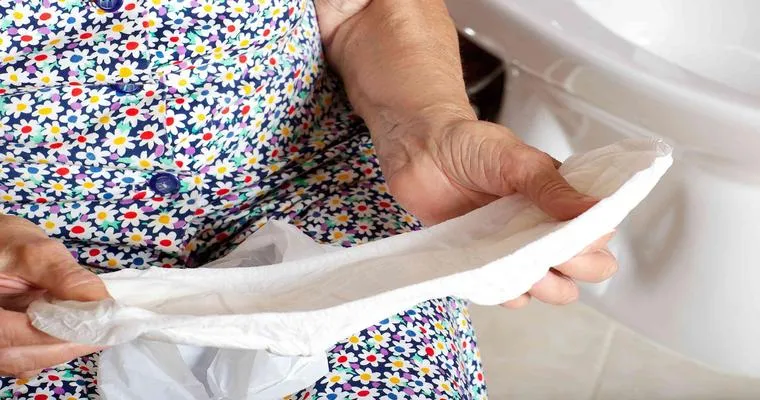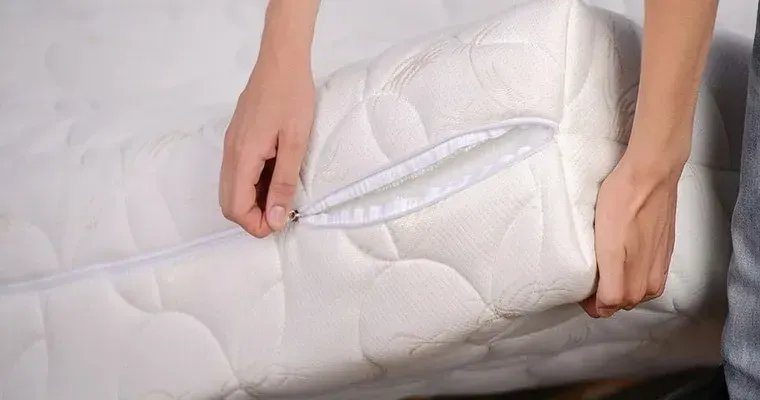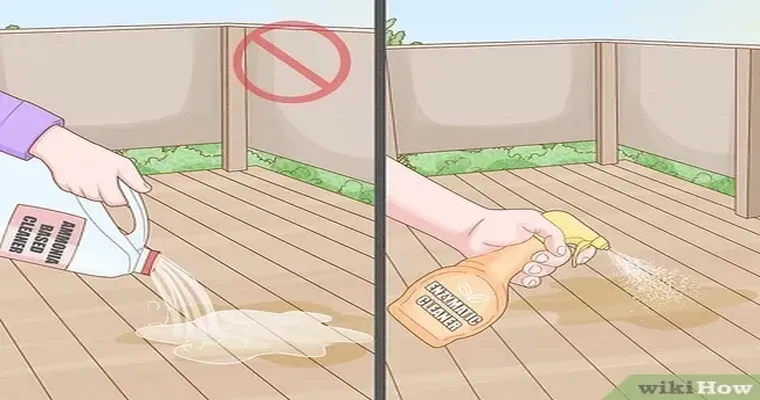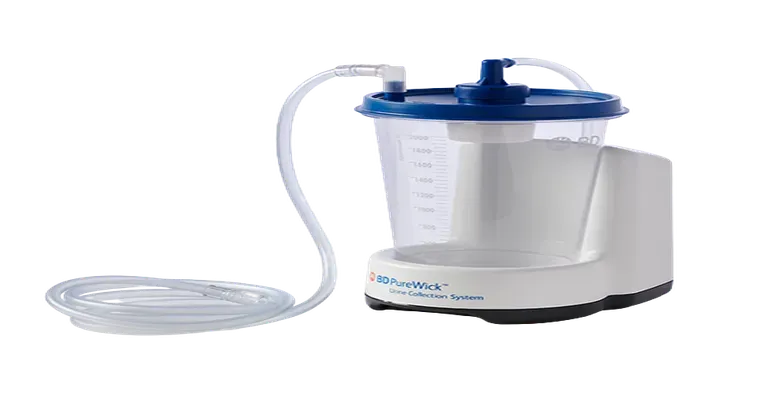Incontinence can be a challenging experience, not just for those affected but also for caregivers and family members. Managing "incontinence" involves not only understanding the condition but also ensuring proper "hygiene" and effective "stain removal" techniques to eliminate unpleasant "odors". This article will provide practical tips on how to tackle these issues, ensuring a cleaner and more comfortable environment.
Understanding Incontinence and Its Effects
Incontinence refers to the inability to control urination or defecation, leading to unintentional leakage. This can result from various factors, including age, medical conditions, or certain medications. The presence of urine or fecal matter can lead to "stains" on clothing, bedding, and furniture, as well as persistent odors if not properly managed.
Immediate Actions to Take
When dealing with incontinence, immediate action can make a significant difference. If an accident occurs, it is crucial to address it as soon as possible. Blot the area with a clean, dry cloth to absorb excess liquid. Avoid rubbing, as this can push the stain deeper into the fabric. For solid waste, gently scrape off any excess before cleaning.
Effective Stain Removal Techniques
1. "Cold Water Rinse": Rinse stained fabrics under cold water as soon as possible. Hot water can set the stain, making it more difficult to remove.
2. "Use Enzymatic Cleaners": Enzymatic cleaners are designed to break down the proteins in urine and feces, effectively removing stains and odors. Apply the cleaner according to the manufacturer’s instructions, allowing it to sit for the recommended time.
3. "Baking Soda and Vinegar": For a natural solution, sprinkle baking soda on the stained area and spray it with vinegar. The chemical reaction will help lift the stain. Let it sit for 15-30 minutes before blotting and rinsing with cold water.
4. "Laundry Detergent": For machine-washable items, use a heavy-duty laundry detergent. Wash items in the hottest water safe for the fabric, adding an extra rinse cycle to ensure all residues are removed.
Addressing Odors
To effectively eliminate odors, consider the following methods:
1. "Air Out the Area": Fresh air can do wonders. Open windows or use fans to help circulate air in the affected area.
2. "Odor Absorbers": Place bowls of baking soda or activated charcoal in the room to absorb lingering odors. Both are natural and effective solutions.
3. "Essential Oils": A few drops of essential oils like lavender or tea tree oil mixed with water can create a pleasant spray. This can help mask odors while providing a fresh scent.
4. "Regular Cleaning": Regularly clean areas prone to staining, such as bathrooms and bedrooms. Use a combination of disinfectants and natural cleaners to maintain a fresh environment.
Prevention Tips
1. "Protective Liners": Use waterproof mattress protectors and absorbent pads to safeguard against leaks. These can be easily washed and will help minimize stains on furniture and bedding.
2. "Scheduled Bathroom Breaks": For those managing incontinence, regular bathroom schedules can help reduce the likelihood of accidents.
3. "Appropriate Clothing": Choose clothing that is easy to remove and wash. Breathable fabrics can also help reduce discomfort and skin irritation.
Conclusion
Managing incontinence requires a proactive approach to both hygiene and cleanliness. By implementing effective "stain removal" techniques and odor management strategies, you can create a more comfortable and pleasant environment. Remember, the right products and methods can significantly ease the burden of incontinence for both individuals affected and their caregivers. With these "incontinence care tips", you can take control and maintain a clean, odor-free space.





